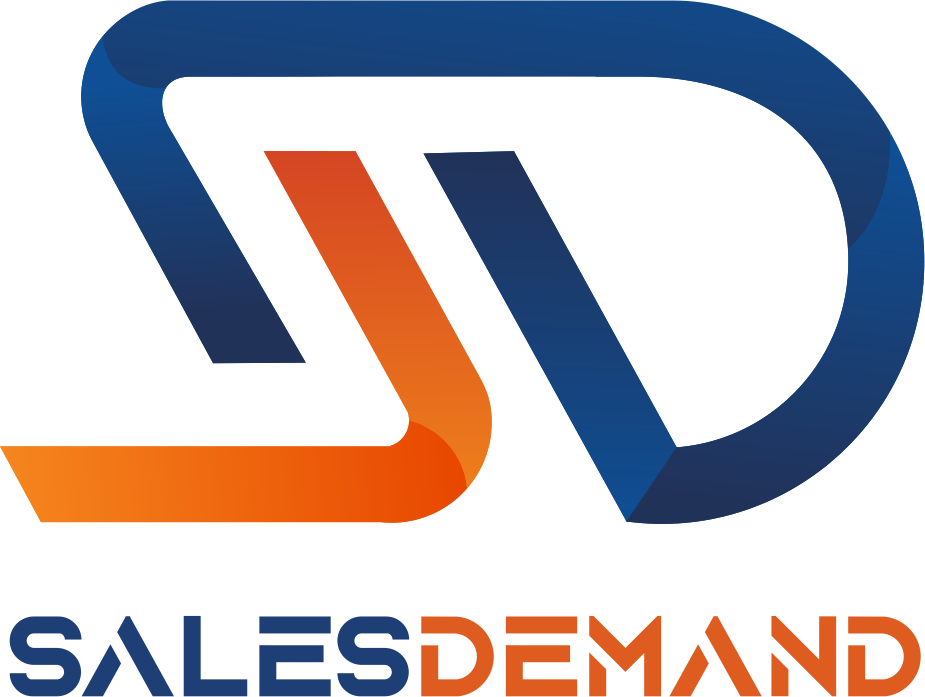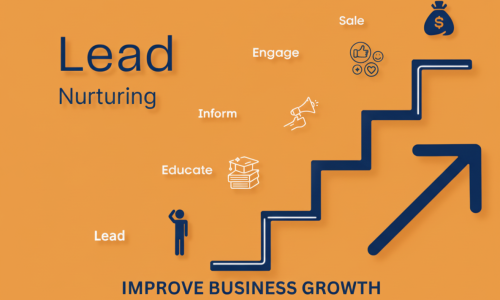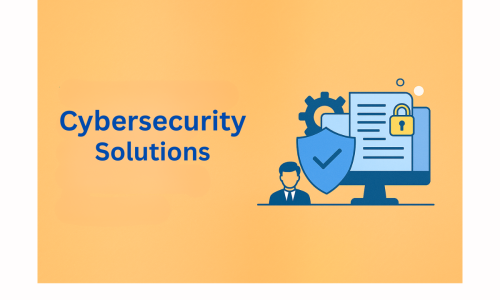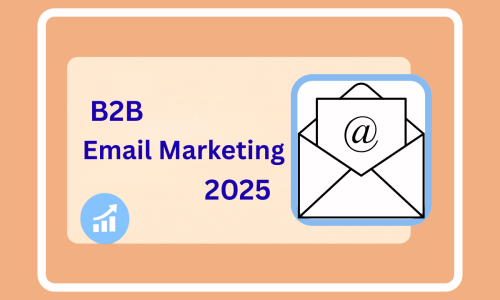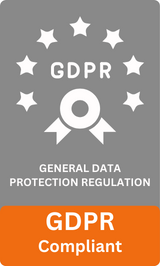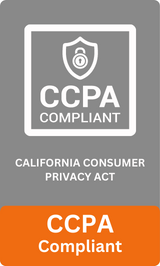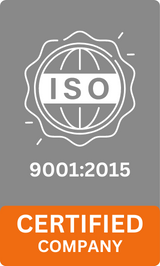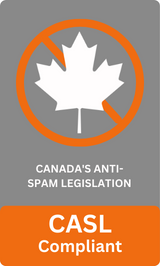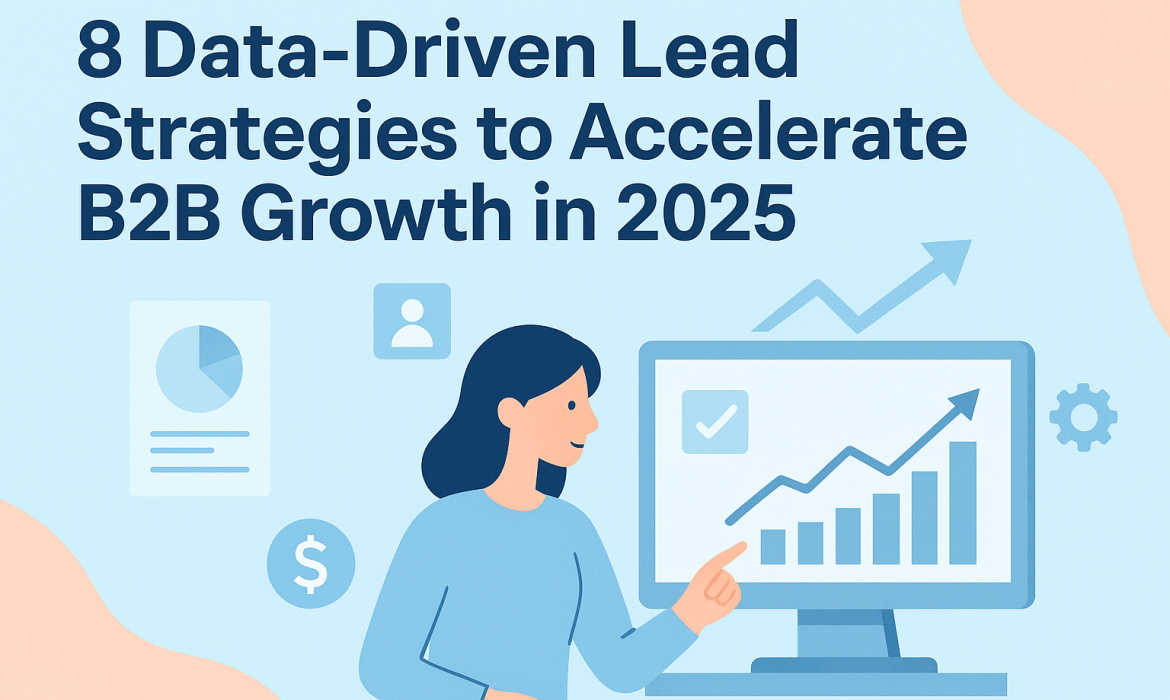
Imagine if you could predict exactly which prospects are ready to buy before they even speak to your sales team.
That’s the power of a data-driven lead strategy. In today’s hyper-competitive B2B industry, gut feelings and guesswork are not enough. Companies that utilize real-time data, AI-driven insights, and measurable metrics are closing more deals, faster, and at a lower cost per acquisition.
Research shows that businesses using data effectively are 23× more likely to acquire customers, 6× more likely to retain them, and 19× more likely to be profitable. The message is clear: decisions backed by data don’t just improve lead quality, they transform the entire sales pipeline.
In this blog, we’ll explore eight proven strategies to help B2B professionals not just collect data but turn it into a high-performing lead generation engine that drives measurable business growth.
Table of Contents
Toggle1# Why a Data-Driven Lead Strategy Matters
Firstly, data-driven organizations experience significantly better outcomes, leading to greater efficiency and predictability in acquiring and retaining clients. For example, companies that effectively nurture leads generate 50% more sales-ready leads at 33% lower cost. Meanwhile, marketing automation yields a 451% increase in qualified leads. These statistics highlight how aligning strategy around data-driven lead insights yields both volume and quality improvements.
1. Leverage AI-Driven Insights for Smarter Lead Generation
Artificial intelligence is now standard for modern B2B strategies. In 2025, over 75% of enterprises use AI in marketing operations, and 63% of companies using AI-powered lead scoring report significant improvements in lead quality. Real-world users report 50% increases in leads and appointments, a 40% jump in conversion rates, and up to 30% uplift when enriching lead data with AI tools.
71% of organizations regularly deploy generative AI (GAI) for content production and outreach personalization. Nearly 90% of marketers utilize GAI daily. Together, these capabilities mean that data-driven lead generation now hinges on harnessing AI-powered personalization and predictive analytics to scale performance efficiently.
2. Prioritize Quality Over Quantity: High-Intent Leads Win
Instead of focusing on sheer volume, successful B2B performers emphasize quality leads. 70% of marketers prioritize high-quality leads over quantity. Only 27% of leads are sales-ready when first captured, underscoring the importance of effective nurturing.
When companies adopt strong lead-nurturing programs, they generate 50% more sales-ready leads at significantly lower cost and benefit from leads that spend 47% more than non-nurtured ones. These outcomes speak directly to the efficiencies of a data-driven lead methodology.
3. Power Lead Generation with Strategic Content Marketing
Content marketing remains a cornerstone of effective data-driven lead generation. Recent data reveal that content marketing:
- Generates 3× more leads than traditional outbound methods while costing 62% less,
- Enables companies with active blogs to capture 68% more leads.
- It is relied upon by 87% of marketers for generating leads and nurturing audiences.
Further, video content stands out: 58% of B2B marketers name it as the most effective type for lead generation. Consistently, content remains a highly trusted channel for organic traffic and conversion.
4. Optimize SEO and Organic Reach
Search engine visibility remains a key vector for data-driven lead capture. Notable findings include:
- Organic search drives 53% of all B2B website traffic.
- Businesses investing in SEO see 14× more leads than those relying on paid ads.
- About 57% of B2B marketers say SEO generates more leads than any other initiative; SEO accounts for 14.6% of all B2B leads.
- A typical B2B buyer conducts 12 searches before purchase, making SEO optimization crucial.
By optimizing on-page structure, technical SEO, keywords, and featured snippets, businesses enhance their ability to attract high-intent prospects through search.
5. Utilize Multi-Channel & Social Strategies
Instead of relying on single-channel outreach, multi-channel marketing offers superior ROI. Multi-channel campaigns achieve a 31% lower cost per lead than single-channel initiatives. Social platforms are critical too 68% of marketers say social media helps generate leads, and LinkedIn dominates B2B, used by 79–89% of marketers for lead generation.
Social media closely rivals search as a source of B2B leads, with around 20% of marketers naming social as their top lead source vs. 27% for search. Video, interactive content, and retargeting further enhance engagement, while paid LinkedIn ads convert 2.5× better than other social platforms.
6. Strengthen Lead Nurturing & CRM Automation
Automation not only improves efficiency, it transforms outcomes. Companies using marketing automation experience a 451% increase in qualified leads. Lead-nurturing emails deliver 4–10× more responses vs. single blasts, and nurtured leads result in 20% more sales opportunities.
Integrating lead scoring, nurturing emails, and CRM creates a feedback-driven, data-driven lead system satisfying both marketing and sales teams. Businesses that align sales and marketing grow revenue 24% faster. This synergy strengthens conversion velocity and predictability.
7. Embrace ABM and Intent-Based Targeting
Account-Based Marketing (ABM) is now mainstream. Companies using ABM strategies generate 208% more revenue from marketing efforts and enjoy a 30% reduction in sales cycle length. ABM also improves client relationships by 56% and strengthens retention and upsell strategies.
Coupled with intent data and predictive AI, ABM helps B2B marketers deliver hyper-targeted content and outreach that resonates with specific accounts, fulfilling the promise of a data-driven lead model at scale.
8. Leverage Real-World Validation and Social Proof
No data-driven strategy is complete without credibility. While not strictly statistical, social proof from testimonials to industry endorsements reinforces brand reliability and helps convert leads.
Anecdotal insights enrich this approach. For instance, one B2B marketer shared:
“Using AI to analyze prospect websites and LinkedIn profiles for hyper-personalized outreach boosted our response rate from ~3% to nearly 12% almost overnight”.
Another emphasized that while AI expedites outreach, warm, human follow-up still delivers the highest conversions. These real voices underscore how data-driven lead generation thrives when automation complements, not replaces, personal connection.
2# Practical Examples of Data-Driven Lead Strategies in Action
Example 1: AI-Enhanced Prospecting
A SaaS company uses AI to monitor competitor product reviews, identifying dissatisfied customers. Outreach emails offering a free migration trial achieved a 15% response rate.
Example 2: Behavioral Retargeting
An IT service provider retargeted visitors who abandoned pricing pages with case studies about cost savings, resulting in a 22% lift in conversions.
3# Common Mistakes to Avoid in Data-Driven Lead Generation
- Chasing vanity metrics instead of sales-qualified leads.
- Ignoring data hygiene—outdated or duplicate records waste the budget.
- Over-automation—losing the human touch in messaging.
- Not testing landing pages, subject lines, or CTAs regularly.
4# Key Metrics to Track for Continuous Optimization
To keep your data-driven lead system efficient, monitor:
- Lead-to-customer conversion rate.
- Cost per qualified lead (CPQL).
- Marketing qualified leads (MQL) to sales qualified leads (SQL) ratio.
- Average deal size and revenue per lead.
5# Future Trends to Watch
Looking ahead:
- Predictive lead scoring will become more accurate as AI models evolve.
- Voice search optimization may impact B2B content strategies.
- Privacy-first marketing will grow in importance with stricter data laws.
Conclusion
A modern, data-driven lead strategy integrates AI-powered personalization, smart content creation, multi-channel SEO and social tactics, ABM, and nurturing flows all underpinned by measurable analytics. Together, these eight strategies form a robust ecosystem that fuels both high-quality lead generation and conversion optimization.
As B2B professionals, whether marketers, business leaders, or decision-makers, your path to growth lies in embracing these trends. Harness AI, invest in nurturing, optimize every channel, and preserve human connection. Continuously measure, adapt, and refine. By doing so, your data-driven lead generation won’t just survive, it will grow in 2025 and beyond.
I hope you find the above content helpful. For more such informative content, please visit SalesDemand.
